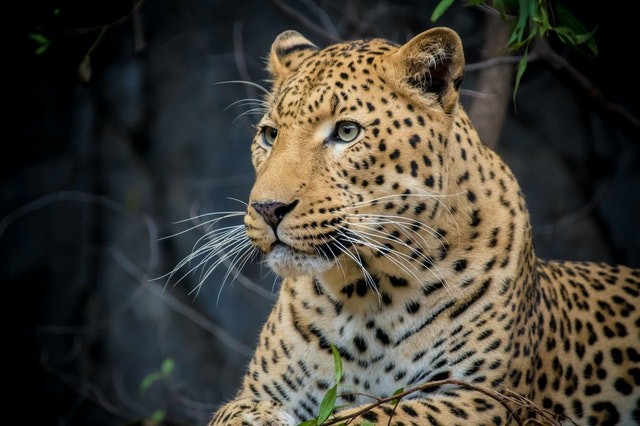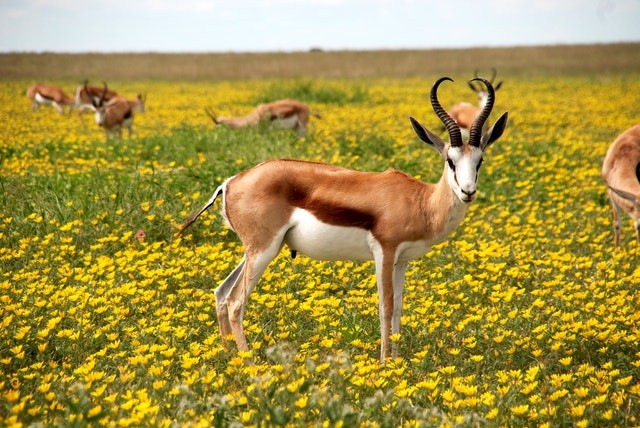International Wildlife trade which is said to worth between $4 to $20 billion per year is triggering declines of over 60% in the abundance of species on the planet, according to scientists who call for more study on the impacts of this uncompromising threat across the whole world.
The researchers of the University of Sheffield in the UK and other researchers found out that the wildlife trade is causing a reduction of around 62% in the abundance of species, with helpless species suffering losses of over 80%.
Trade Managing Policies
Even though there are policies regarding wildlife trading, the research released in the journal Nature Ecology and Evolution, cautioned that without more knowledge about the effects of wildlife trade these policies cannot protect the species.
As reported by scientists, over 100 million plants and animals are trafficked internationally every year and the global wildlife trade is valued between $4 to $20 billion each year. Pointing out some examples, they made it known that the wildlife trade continues to contribute in the decline of African Elephants as a result of the Ivory trade and the extinction of pangolin species across Africa and Asia.
The study cried for better protective measures for endangered species and trade management with trade still causing declines of 56% in protected areas. David Edwards, Professor of Conservative Science at the University of Sheffield said thousands of species are exchanged for pets, luxury foods, and traditional medicines, but how this affects species' abundances in the wild was unknown.

ALSO READ: The Trade for Exotic Pets in Australia
Species Traded As Pets
Edwards, being one of the corresponding authors of the study revealed that "Our research brings together high-quality field studies to show a shocking reduction in most traded species, driving several locally extinct"
While the reductions in abundance are worse for species being traded as pets, the researchers said that these are also caused by trade for bushmeat. The researchers believe trapping drives especially nasty declines at species of high-risk extinction and those traded for pets and luxury foods. "As a community, we really need to reflect upon our desire for exotic pets and the efficacy of legal frameworks designed to prevent species declines," Edward said.
Biggest Drivers of Species Extinction
As stated by the researchers, an understanding of how wildlife trade is influencing species is severely lacking in developed nations, and for many groups commonly trading wildlife, in spite of it being the biggest drivers of species extinction.
Lead author of the study from University of Sheffield, Oscar Morton said "Where extraction for wildlife trade occurs we saw large declines in species abundances. This points out the key role global wildlife trade plays in species extinction risk."
Morton believes such trade will continue to threaten wildlife if effective management is not taken.

RELATED ARTICLES: Extinction Rates Seem to Be Faster Than Expected, Should We Ban Wildlife Trade?
For more news, update about wild life and similar stories don't forget to follow Nature World News!
© 2025 NatureWorldNews.com All rights reserved. Do not reproduce without permission.





